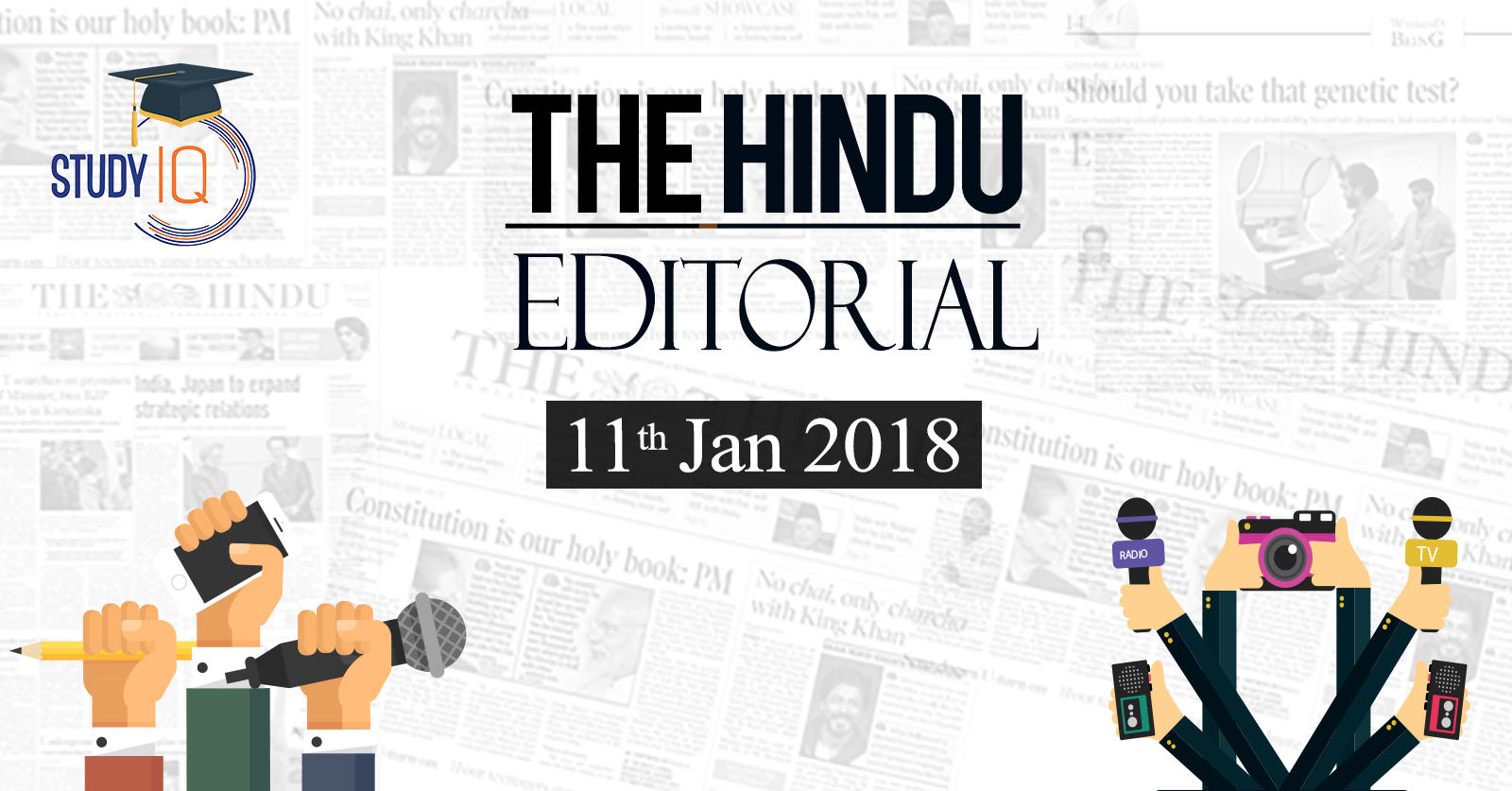Table of Contents
The map of rural deprivation
- Union Budget to be presented on February 1, it is hoped that the FM will make a significantly higher allocation for investment in infrastructure.
- It is vital for addressing rural distress.
- Socio Economic and Caste Census (SECC) informed us that ‘landlessness and dependence on manual casual labour for a livelihood are key deprivations facing rural families
- SECC, mapped deprivation using seven indicators:
• 1)-‘Households with a kuchha house;
• 2)-Without an adult member in working age;
• 3)-Headed by a woman and without an adult male in working age;
• 4)-With a disabled member ;
• 5)- Scheduled Castes/ ScheduledTribes (SC/ST);
• 6)-Without literate adults over 25 years; and
• 7)-Landless engaged in manual labour.- Farmer distress
Prescription for the future
- National Medical Commission Bill has to be •fine-tuned, especially in planning for rural health
- Aimed at reforming Indian medical education and practice
- Bill was referred by the Lok Sabha to a Parliamentary Standing Committee for a re-look
- How can India produce enough competent doctors to meet its evolving health-care challenges?
- So poorly did India’s current medical regulator, the Medical Council of India (MCI), perform policymakers believed the only way to redeem the body was to replace it.
- MCI’s failures
- Today, India neither has enough basic doctors, nor specialists.
- MBBS doctors who frequently couldn’t perform basic procedures.
- This led to a rush among MBBS doctors to specialise,competing for a small number of post-graduation seats.
- Enter the National Medical Commission (NMC), intended by policymakers to be a dynamic regulator responsive to India’s needs, unlike the opaque MCI
- MCI, which does everything from advising universities on curriculum to disciplining errant doctors,
- NMC distributes powers among four autonomous boards Also, unlike the MCI, the commission includes non-doctors in line with the medical regulators of the U.K.,Australia and Canada.
- 2008, Gujarati urologist Ketan Desai was elected MCI president, even though he had been prosecuted in the Delhi High Court for abusing power as president in 2001.
- NMC Bill’s solution to the pitfalls of the electoral process is for central government to select most of the commission’s members
- NMC free from political influence is for an independent body like Union Public Service Commission(UPSC).
Shortage of doctors
- India’s rural healthcare needs in the coming decades
- While it eases regulations to set up private medical colleges, a move that will hopefully produce more doctors,
- India has one doctor for 1,700 people,compared to the WHO norm of 1:1,000.
- Most of these doctors are in urban regions, while close to 70% of Indians live in rural provinces.
- 2015 Parliamentary Standing Committee report mentioned even if India were to add 100 medical colleges per year for •five years, it would take till 2029 to achieve the WHO prescribed ratio.
- Training non-doctors
- Several sub-Saharan countries have successfully addressed this problem by training non-doctors in basic medicine and even surgery – Non-doctors include nurses
- Evidence from countries like Mozambique andThailand shows that such training can be a safe, effective and cheap way to provide life-saving health care when no doctors are available
- If policymakers do not address the many questions that health-care experts have raised over the Bill today, they will miss their chance at truly game-changing reform.
Prelims Focus Facts-News Analysis
- Page-1,10– In FDI push, Centre allows 49% foreign ownership in AI
- Easing of norms puts national carrier on par with other Indian airline companies
- The Centre onWednesday eased several foreign direct
investment norms, including allowing overseas airlines to
own up to 49% of Air India and permitting 100% FDI in
single brand retail and construction development under the automatic route.\ - Page-1,10-Two-tier shield for Aadhaar data
- Unique Identification Authority of India (UIDAI) has rolled out a two-tier security process that will come into effect from June 1.
- Page-1,10– BCI notice to MPs, MLAs on legal practice
- The Bar Council of India, the country’s apex lawyers’ body
- An expert committee of the Bar Council of India
(BCI) is considering a plealed by Supreme Court advocate Ashwini Upadhyay to ban lawmakers — Members of Parliament and
Members of the State Legislative Assemblies — who
practise as advocates, saying they are salaried public
servants and cannot ride two horses at the same time. - Page-10-PM sets targets for 115 backward districts
- Asks all Ministries to report on the initiatives taken up for them and come up with a n action plan
- Page-14-World Bank projects 7.3% growth in 2018
- ‘Enormous potential backed by reforms, when compared with other economies’
- India’s growth rate in 2018 is projected to hit 7.3% and
7.5% in the next two years, according to theWorld Bank,
























 WhatsApp
WhatsApp